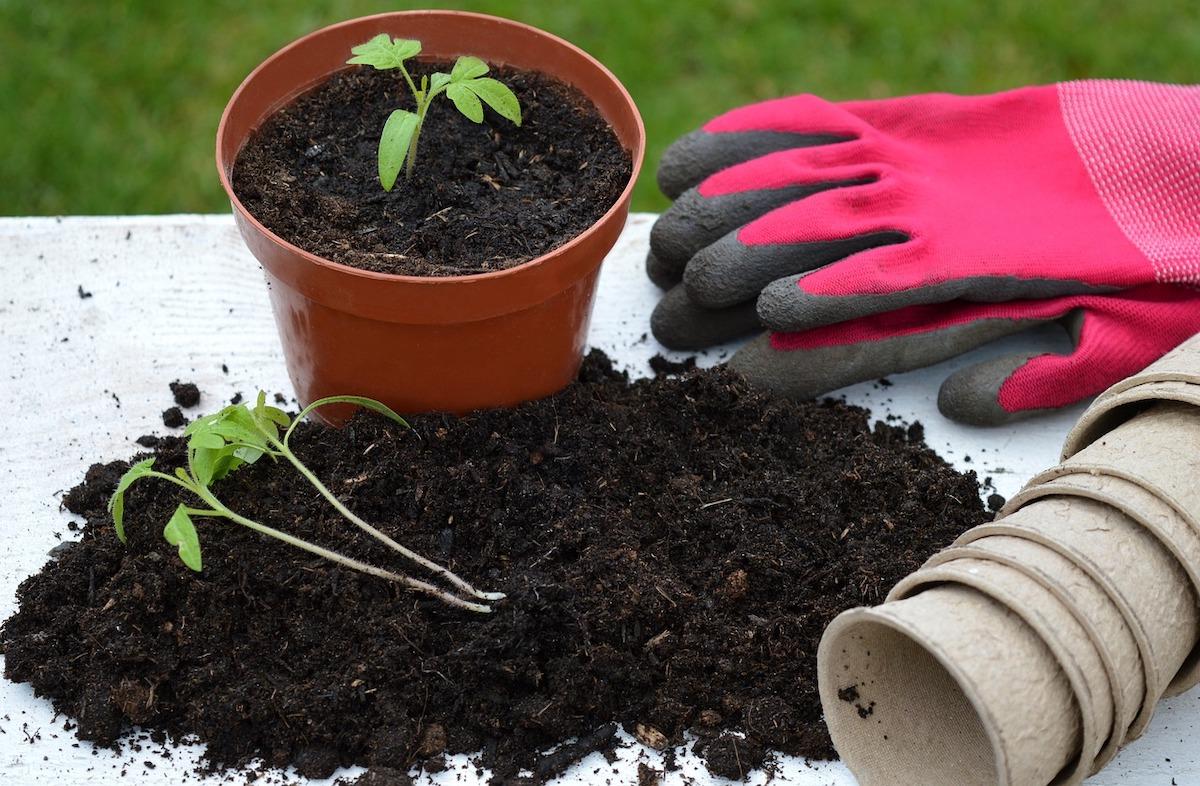Time to plant tomatoes!
There are a few “tricks” to setting your tomatoes up for success:
Location, Location, Location! These are sun-loving plants. Put them where they’ll get at least 6 hours of sunlight each day.
Feed them well. Tomatoes are notorious for being “heavy feeders.” Enrich your planter or garden bed with plenty of compost. Use an NPK 10-10-10 fertilizer. Add worm castings and/or compost to the bottom of the hole you plant them in.
Plant them deep. The deeper you plant tomato transplants, the more roots they’ll grow. Have you ever looked closely at the stem of a tomato plant? It looks like it’s covered with hairs. But, those aren’t hairs; they’re potential (“adventitious”) roots.
Cover them with soil, and they’ll happily grow into a strong root system for your plant. Cut all but the top 4-6 inches of leaves from the stem. Place the transplant into the hole so that the bottom leaves are only few inches above the soil line. Give it a trellis to climb when first planted so you don’t disturb the roots later.
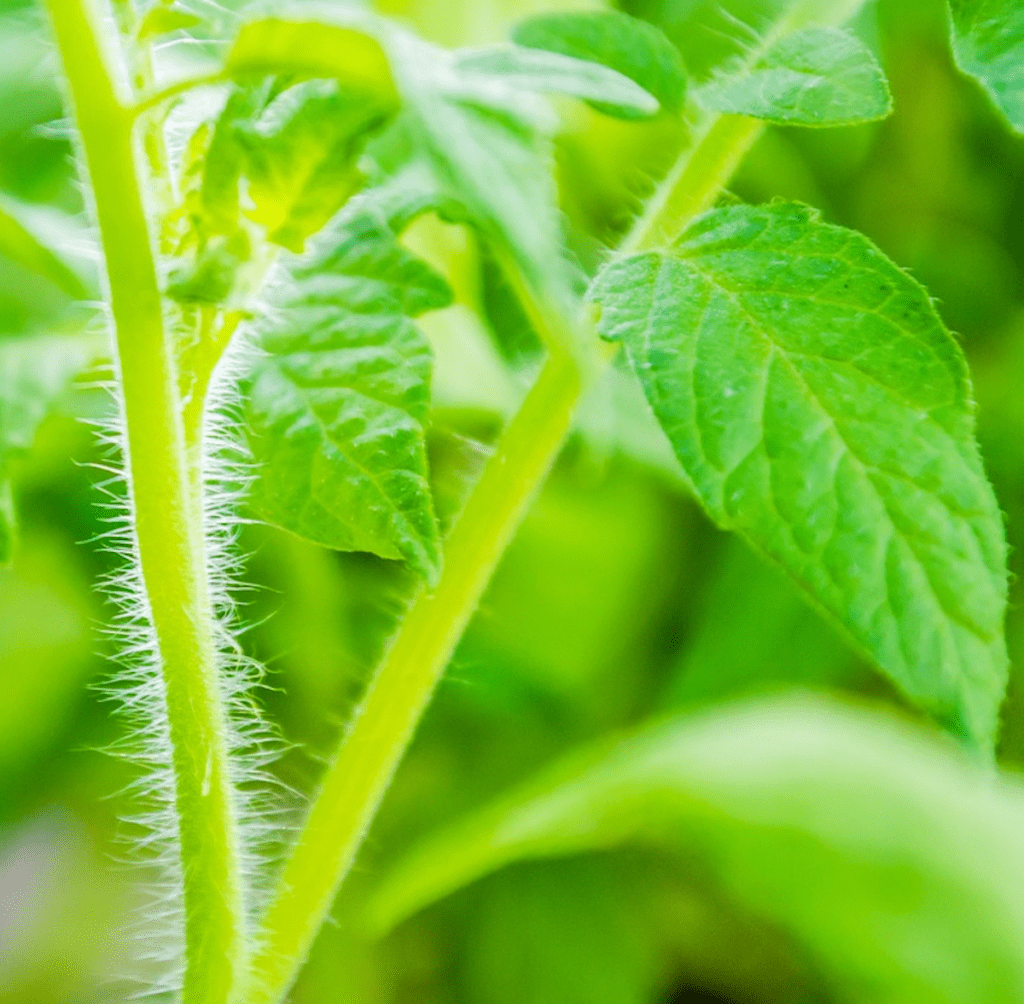
Keep them evenly watered. Tomatoes need a regular amount of water. Don’t let them dry out and then overwater to compensate! If you have them on an automated drip system, cut back to account for rain. A sudden influx of more water than they’re used to will most likely result in cracked tomatoes. Add mulch to retain moisture and use less water.
Avoid blossom end rot. Blossom end rot is caused by a calcium deficiency. But, before adding egg shells or another calcium supplement to your garden soil, test your soil. Our soils tend to have more than enough calcium for growing tomato plants. The problem is that our soil also tends to be alkaline, and that inhibits calcium uptake. Add soil sulphur to your garden beds when prepping them to make calcium easier for the plants to absorb.
Leggy Tomatoes
One of the hazards of starting plants indoors in the winter is that they just don’t get enough sunlight (even when they’re growing under plant lights and/or in a south-facing window). A few years ago, a tomato plant volunteered in our basil’s planter, and quickly climbed 42 inches up the basil “trellis” and onto the curtain rod above.
When the weather warmed up enough to harden it off outdoors, we very carefully removed it from the planter and put it on a trellis in its own pot for a week. We then removed all but the top few inches of leaves (#1),
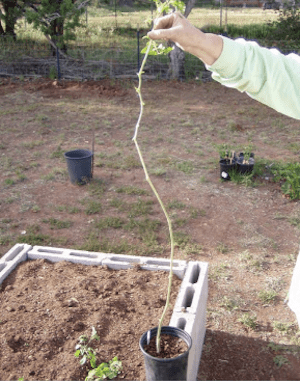
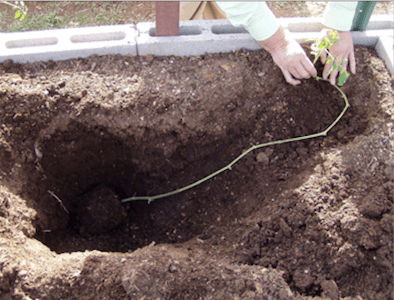
and dug a trench, laying the tomato plant in diagonally (#2).
When we finished refilling the trench with soil, only the top 6 inches still remained above ground (#3). This tomato plant eventually grew to a new height of 8 feet with a 2 inch diameter stem, and produced prolifically.
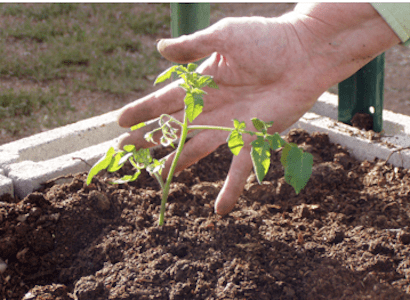
The moral of the story: Plant your tomato plants DEEP and treat them well 🙂

